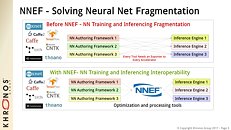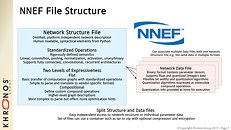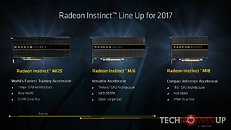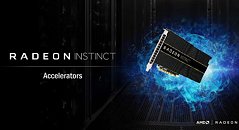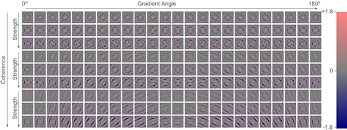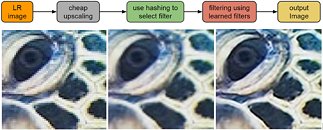
Google Cloud Introduces NVIDIA Tesla P4 GPUs, for $430 per Month
Today, we are excited to announce a new addition to the Google Cloud Platform (GCP) GPU family that's optimized for graphics-intensive applications and machine learning inference: the NVIDIA Tesla P4 GPU.
We've come a long way since we introduced our first-generation compute accelerator, the K80 GPU, adding along the way P100 and V100 GPUs that are optimized for machine learning and HPC workloads. The new P4 accelerators, now in beta, provide a good balance of price/performance for remote display applications and real-time machine learning inference.
We've come a long way since we introduced our first-generation compute accelerator, the K80 GPU, adding along the way P100 and V100 GPUs that are optimized for machine learning and HPC workloads. The new P4 accelerators, now in beta, provide a good balance of price/performance for remote display applications and real-time machine learning inference.

